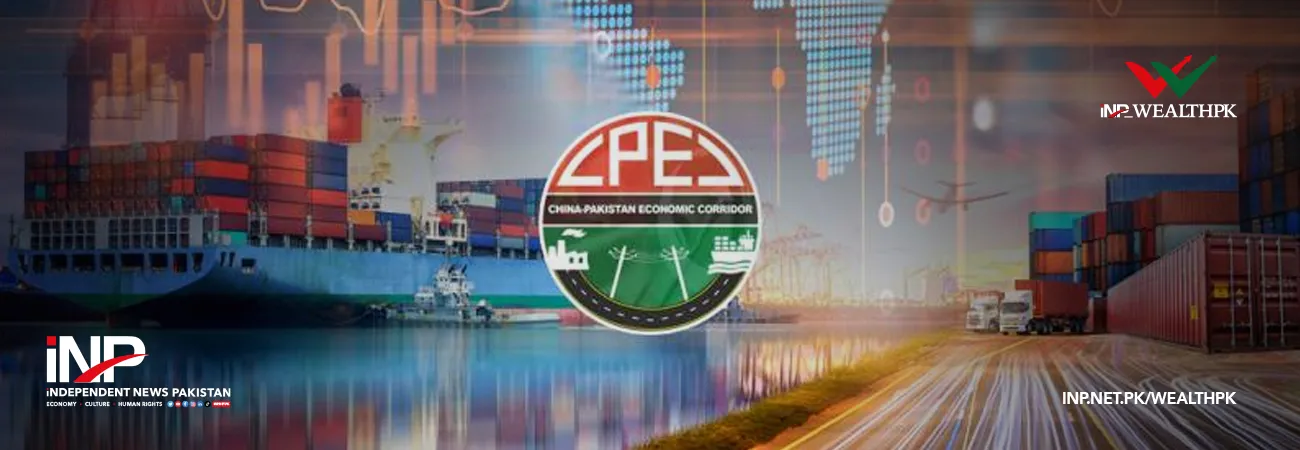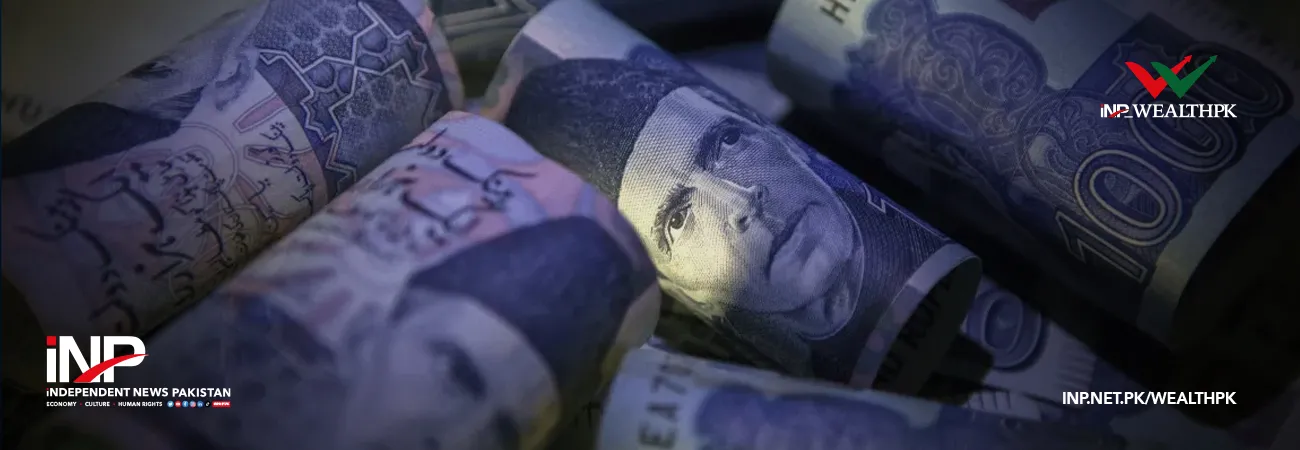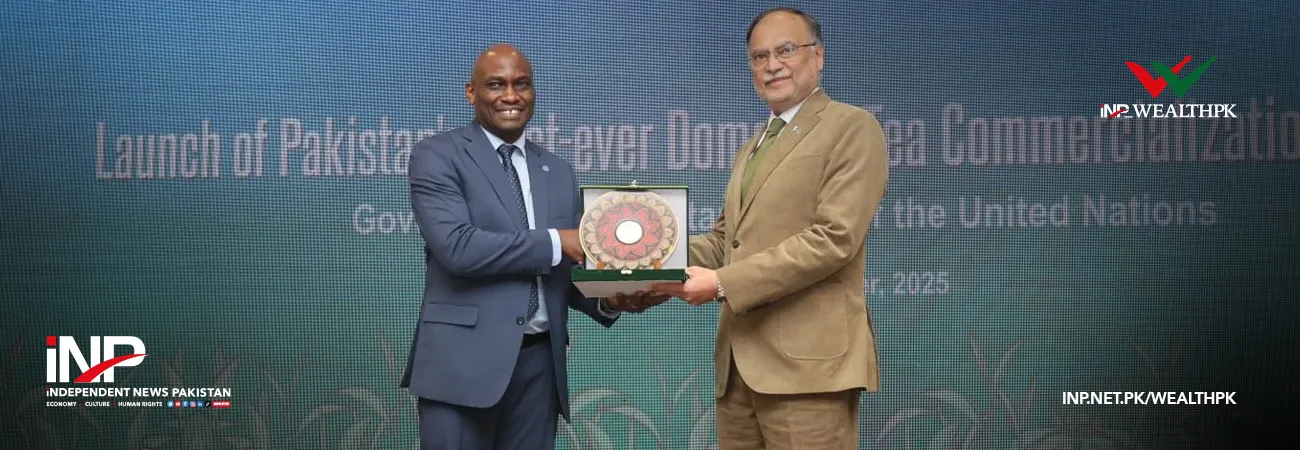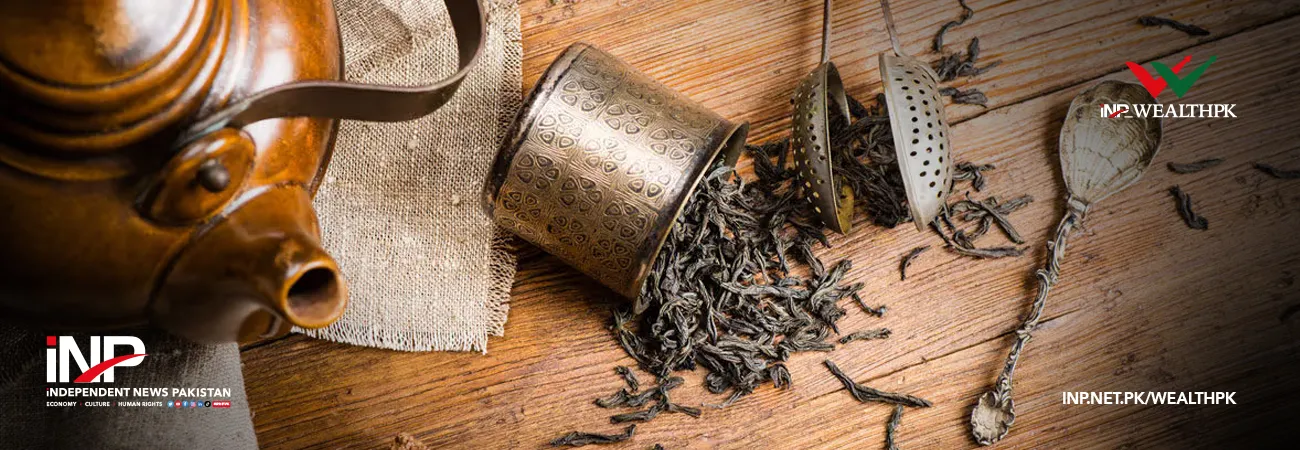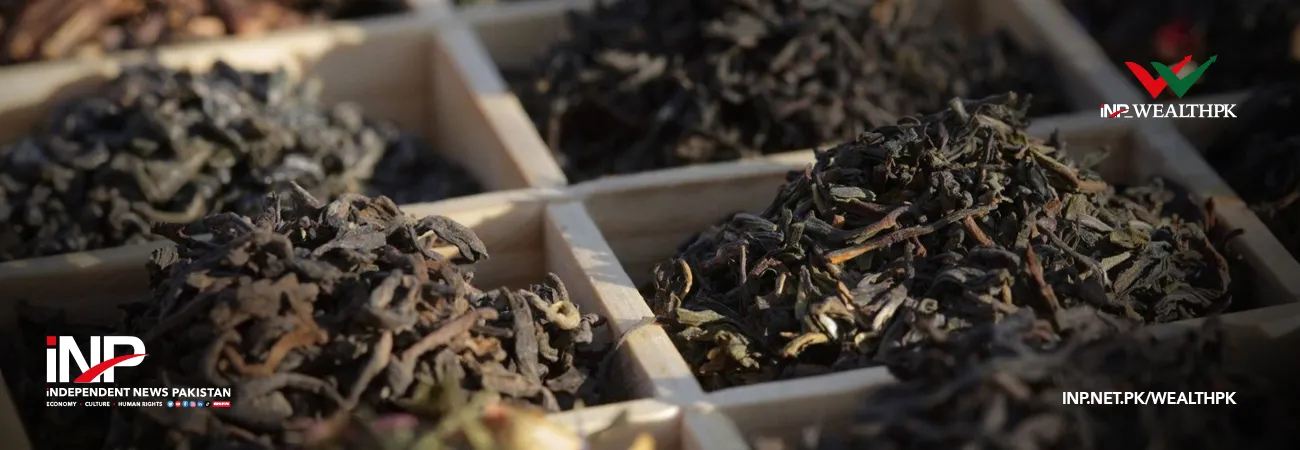INP-WealthPk
Ayesha Saba
Realising the full potential of CPEC can transform Pakistan into a vital trade and transit hub, fostering job creation and facilitating technology transfer.
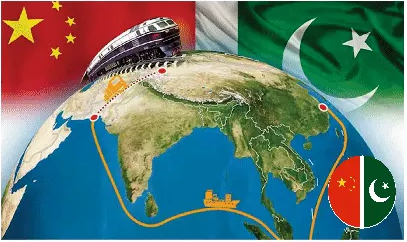
The upcoming fiscal year will test Pakistan’s ability to translate infrastructure gains into inclusive economic growth. During a conversation with WealthPK, Shahid Mehmood, a senior researcher at the Institute of Regional Studies, Islamabad, said the second phase of CPEC is gaining renewed momentum, presenting a critical opportunity for Pakistan to transition from infrastructure development to deep economic integration.
“Major undertakings such as the ML-1 railway upgrade, expansion of Gwadar Port connectivity, and integrated transport corridors are expected to significantly reduce logistical costs and stimulate trade both within and beyond Pakistan’s borders,” Mehmood said. “CPEC Phase-I laid the physical foundation, now the challenge is to populate it with meaningful economic activity,” he said, and highlighted that special economic zones (SEZs), especially Rashakai, Allama Iqbal, and Dhabeji, are central to the Phase-II of the multibillion-dollar project.
“These SEZs are expected to attract both Chinese and domestic investors by offering tax incentives, one-window operations, and proximity to logistic hubs. If we can ensure investor-friendly governance and infrastructure readiness in these zones, they could serve as engines of job creation and industrial diversification,” he added.
Mehmood stressed that the SEZs, if fully operationalised, will create employment, enhance exports, and attract foreign direct investment, particularly from China and other regional partners. Talking to WealthPK on condition of anonymity, an official at CPEC Authority, Ministry of Planning, Development, and Special Initiatives, said, “SEZs must not remain on paper. With the right support, SEZs can anchor Pakistan’s transition to an export-oriented economy.
Therefore, it is critical that the government ensures access to infrastructure, energy, water, and an enabling regulatory environment to make SEZs serve their stated purpose.” The government is also shifting from loan-based financing to investment-driven models, inviting public-private partnerships and equity-based Chinese collaboration in CPEC Phase-II.
This marks a significant departure from previous debt-heavy strategies and is viewed as a step toward more sustainable development. “Infrastructure must be paired with investments in human capital. Building roads and ports is only part of the equation. Without parallel development in education, technical training, and institutional reform, the full potential of CPEC cannot be realised,” the CPEC Authority official said.
Finance Minister Muhammad Aurangzeb has reaffirmed CPEC’s vital role in enhancing regional connectivity and driving economic development. He highlighted that eight transport infrastructure projects worth $6.7 billion have been completed, with more underway. Notable achievements include the award-winning 120km Havelian-Thakot section of the Karakoram Highway, as well as the operational 392km Multan-Sukkur Motorway, the 297km Hakla-DI Khan Motorway, and the 110km Khuzdar-Basima Highway.
Credit: INP-WealthPk



